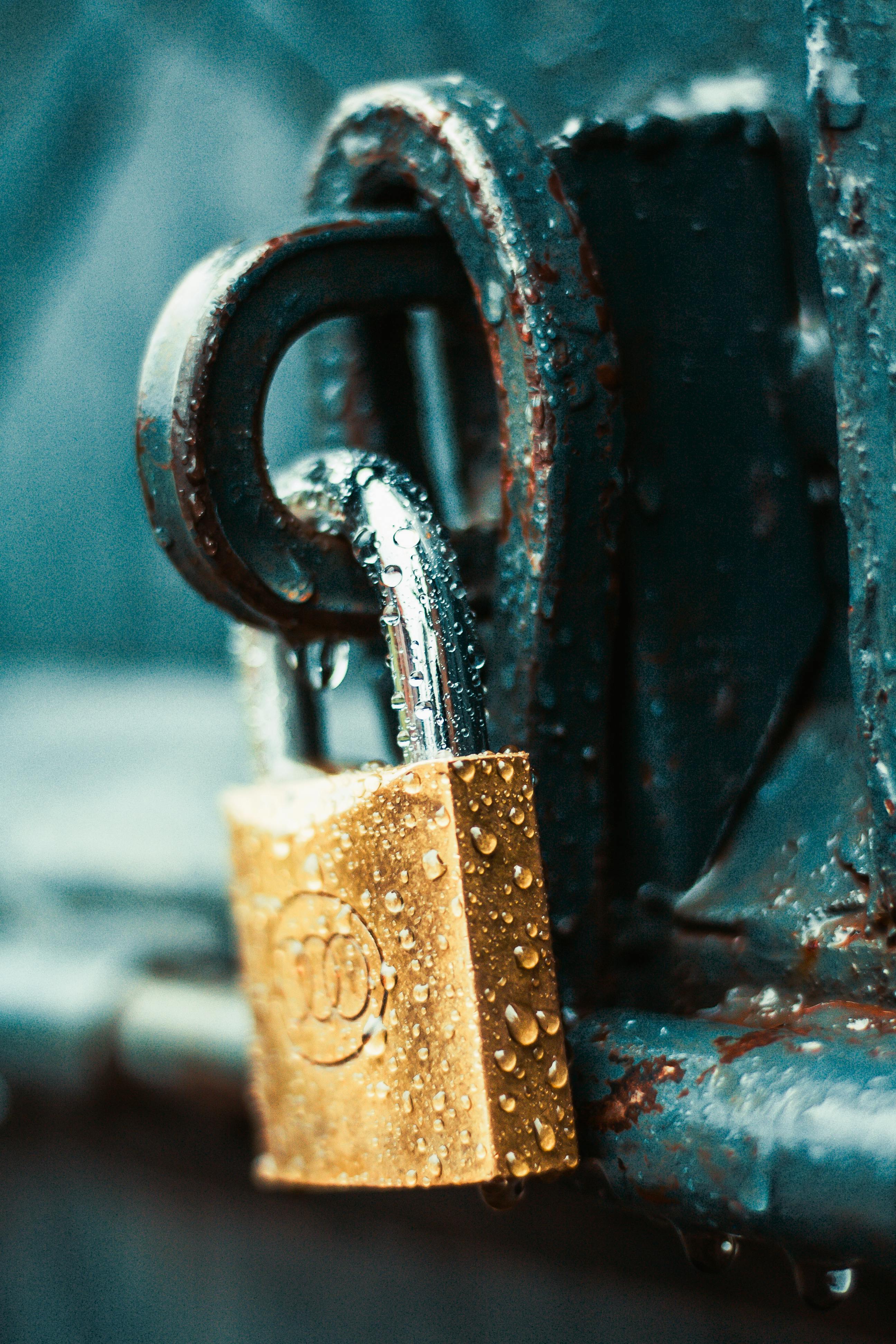Essential Guide to Understanding Age Limits for Juvenile Justice in 2025
The juvenile justice system is a crucial component of society, aimed at rehabilitating young offenders and preventing delinquent behavior. As we approach 2025, understanding the complexities surrounding age limits for juvenile detention is essential. Various factors, including the age of criminal responsibility and types of juvenile offenses, influence when minors can be held accountable under the law.
This article will provide a comprehensive overview of the age for juveniles going to detention, the impact of juvenile crime, and what it means for first-time juvenile offenders. We'll delve into the juvenile justice system's intricacies, the consequences of juvenile crime, rehabilitation programs available, and much more. By the end, you will gain valuable insights into the rights of juveniles, along with the support systems in place to assist them.
Key Takeaways: Understand the age limits for juvenile detention, the process within the juvenile court system, and the implications of juvenile offenses on youth rehabilitation.
Understanding the Age of Criminal Responsibility
Building on the introductory context, the age of criminal responsibility is a pivotal concept in juvenile law. This age varies significantly from one jurisdiction to another, affecting how minors are treated when they commit crimes. In the United States, most states set the age of criminal responsibility between 6 and 12 years old, while others adopt a different approach, emphasizing rehabilitation over punishment.
Age Related Juvie Laws by State
Each state has distinct laws that dictate the minimum age for juvenile offenses. For example, in states like Texas, the age for prosecution in juvenile court begins at 10, while Pennsylvania starts at 8. Understanding these differences is crucial for youth advocates and families navigating the juvenile justice system.
Consequences of Juvenile Criminal Offenses
Juvenile offenders face various consequences, including detention in juvenile correction facilities. However, many states are increasingly focusing on diversion programs to prevent incarceration. The goal of these measures is to reduce recidivism rates and provide alternatives that foster rehabilitation rather than punishment.
Juvenile Crime Statistics
Analyzing juvenile crime statistics reveals a fascinating trend towards declining youth incarceration rates. Studies consistently show a decrease in serious juvenile crimes, prompting discussions about the effectiveness of youth diversion programs and community involvement in juvenile justice. The implications of these statistics are profound for policymakers and advocates alike.
Juvenile Offenders' Rights in the Legal System
With these fundamentals established, it’s paramount to recognize the rights of juveniles as they navigate the legal system. Legal rights for minors in detention ensure that they are treated fairly and receive necessary legal representation throughout their cases.
Access to Legal Representation
A juvenile defense attorney plays a critical role in safeguarding the interests of minors. Understanding legal rights is vital for first-time juvenile offenders, who may not be aware of their protections during court proceedings.
Educational Programs in Juvenile Detention
One effective strategy within juvenile correction facilities includes implementing educational programs, such as GED preparation and life skills training. These initiatives aim to equip young offenders with the knowledge and skills necessary to reintegrate into society post-incarceration.
Mental Health Resources for Youth Offenders
Moreover, addressing mental health issues is essential in the rehabilitation process. Many juvenile offenders face underlying psychological challenges, making it crucial to provide counseling and mental health services to support their recovery and reintegration.
Consequences of Juvenile Incarceration
Taking this concept further, it’s vital to analyze the impact of juvenile incarceration on youth. The long-term consequences of being placed in juvenile correction facilities can be profound, affecting education, employment opportunities, and overall well-being.
Incarceration Impact on Youth Development
Youth who experience detention often struggle with educational setbacks and barriers to future employment. The concept of community-based rehabilitation offers alternatives that can mitigate these negative outcomes while addressing juvenile delinquency effectively.
Community Service Options for Young Offenders
Community service for juveniles proves to be a constructive approach. Engaging youth in community involvement not only helps repair the harm caused by their actions but also fosters a sense of accountability and responsibility.
Diversion Programs and Youth Offenders
Exploring alternatives to juvie is integral to juvenile justice reform. Programs designed to divert youth from traditional detention can provide invaluable support, emphasizing rehabilitation and prevention tactics rather than punitive measures alone.
Future Trends in the Juvenile Justice System
Sandwiched between current practices and progressive reform, examining future trends is essential. Juvenile justice reform initiatives continuously evolve, aiming to create more effective juvenile systems that prioritize prevention and rehabilitation.
Legislative Changes Impacting Juvenile Law
Ongoing discussions about juvenile law emphasize the need for legislative changes that reflect contemporary societal values and expectations. Such reforms often seek to alter the age limits for juvie, potentially offering more lenient approaches for first-time juvenile offenders.
Evaluating Juvenile Justice Programs
The effectiveness of existing juvenile policies is equally important. Evaluating the impact of existing rehabilitative programs can provide insights into what methodologies work best for youth, optimizing the juvenile justice system as a whole.
Community Strategies for Youth Crime Prevention
Ultimately, community strategies play a vital role in preventing youth crime. Through effective partnerships between legal systems, schools, and social services for youths, a more inclusive approach to juvenile justice emerges.
Q&A Section on Juvenile Justice System
What age can a minor be charged for a crime?
The minimum age for juvenile charges varies by state, often falling between 6 and 12 years old.
What happens if a minor commits a juvenile offense?
Minors may be placed in a juvenile detention center, subjected to court proceedings, or offered diversionary programs based on the offense.
Are juvenile records expunged after turning 18?
Typically, juveniles can petition to have their records sealed or expunged, depending on state laws and the nature of their offenses.
How does juvenile law differ from adult law?
Juvenile law focuses on rehabilitation rather than punishment, emphasizing support systems and alternatives to incarceration.
What are common types of juvenile offenses?
Common juvenile offenses include theft, drug possession, vandalism, and status offenses like truancy.


As we reflect on the ongoing evolution of the juvenile justice system and its implications for today’s youth, it is crucial to continue advocating for reforms that protect the rights and futures of minors.
